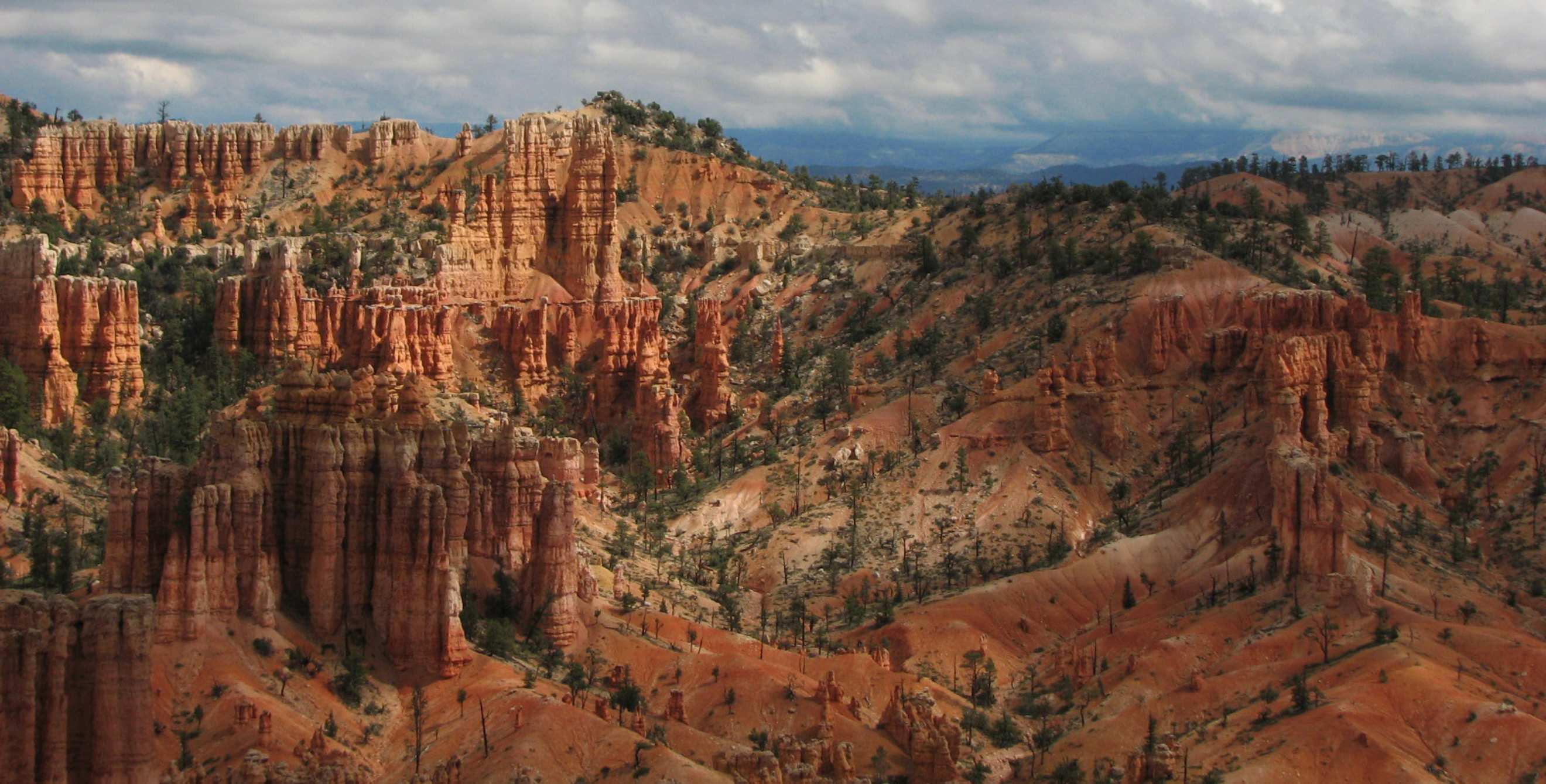
5 Fun Facts About Bryce Canyon National Park
Check out these five lesser-known facts and tips about Utah’s Bryce Canyon National Park.

When you think of Bryce Canyon National Park in Utah, you probably think of hoodoos. The towering limestone spires are synonymous with the park given that Bryce is home to the largest collection of hoodoos on the planet. We honor Bryce Canyon’s 90th anniversary on February 25, 2018, with some unique ways to experience the mesmerizing, totem pole–shaped formations as well as other, lesser-known aspects of the park.
1. Bryce Canyon isn't actually a canyon.
Unlike the Grand Canyon to the south, Bryce's iconic canyon—known as Bryce Amphitheater—was carved by weather, not water flow. Geologically speaking, it's an eroding, receding edge of the Paunsaugunt Plateau. It takes its name from Ebenezer Bryce, a Mormon pioneer who immigrated from Scotland and settled at the canyon's eastern edge in the late 1800s. At the time, locals referred to it as "Bryce's Canyon," and the name stuck.
2. You can stroll the hoodoos under a full moon.
While park rangers urge visitors to rise at dawn when sunlit hoodoos appear to glow from within, a moonlight stroll offers a radically different experience. On the evening of a full moon and the following day, rangers lead hikes into the canyon where you’ll see the formations’ otherworldly features amplified in the moonlight, learn about Bryce’s geology, and chat astronomy under an exceptionally vivid night sky.
3. It’s the only national park where you’ll find the fascinating—and threatened—Utah prairie dog.
The prairie dogs, whose population dwindled to three percent in the mid-19th century, when they were regarded as a farmland nuisance, are often seen perched on burrows above their underground colony in the meadow near the visitor center, chittering and chattering among each other. Their language system is incredibly complex with waveform studies showing that they can distinguish between such things as dogs and coyotes, and the varied clothing of visitors.
4. The Fairyland Loop offers big scenery and small crowds.
Most visitors marvel at sweeping vistas of Bryce Amphitheater from one of the many viewpoints that dot its edge. For more solitude and up-close views of the hoodoos, follow the eight-mile Fairyland Loop as it skirts the canyon rim and dips down into the formation-filled basin where the only company you’re likely to have are the sounds of nature.
5. The park's historic lodge is the last remaining of the region's original grand lodges.
Built in 1925 by Gilbert Stanley Underwood, the Lodge at Bryce Canyon was part of the Union Pacific Railroad's efforts to encourage tourism. The railroad's Utah Parks Company also commissioned lodges at Zion National Park, Cedar Breaks National Monument, and the Grand Canyon, but all eventually succumbed to fire or collapse. Today, visitors can admire the lodge's original hand-cut, green wooden shingles (made to mimic the surrounding ponderosa pines) and dine at the restaurant, which features such hearty dishes as bison stew, elk chili, and local trout.